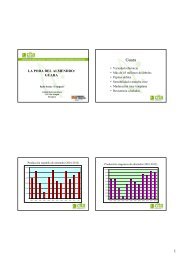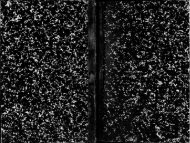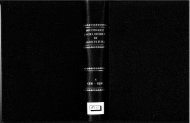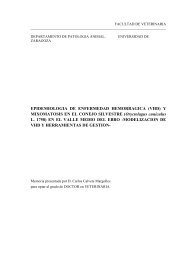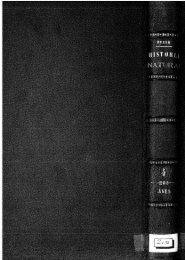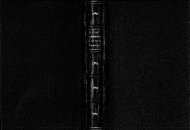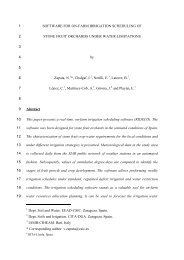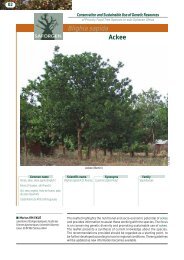1 A Recursive Dynamic Computable General Equilibrium Model For ...
1 A Recursive Dynamic Computable General Equilibrium Model For ...
1 A Recursive Dynamic Computable General Equilibrium Model For ...
Create successful ePaper yourself
Turn your PDF publications into a flip-book with our unique Google optimized e-Paper software.
modelled as sector-wide output constraint whilst the purchase/sales of quota between<br />
farms cannot be captured in this model, but is implicitly assumed to be efficient.<br />
Examining Figure 8, we see a hypothetical situation where the quota is binding<br />
(below the equilibrium) output level. In this case, the quota level of industry output and the<br />
current level of industry output are equal such that:<br />
XR = X1<br />
TOT / XQUOTA = 1<br />
(4)<br />
This implies that the shadow price or marginal cost unit price of production is at<br />
P1TOT’ (governed by the intersection of the supply curve with the quota limit), whilst the<br />
market price of production is P1TOT. The difference between these prices is the per unit<br />
quota rent. If the supply or demand curve shifted to the left sufficiently, the quota may no<br />
longer be binding, such that:<br />
XR = X1<br />
TOT / XQUOTA < 1<br />
(5)<br />
and the quota rent would fall to zero. To characterise this either/or scenario, a<br />
complementarity equation is employed into the GEMPACK model code which asserts that<br />
if the quota quantity ratio is binding (XR =1), then rent must be zero; whilst a less than<br />
binding value (i.e., 0 ≤ XR < 1) implies a positive rent value. Increases/decreases in quota<br />
allocations are implemented through increases/decreases to the exogenous variable<br />
XQUOTA. Assuming a binding status, a quota increase means that the ratio XR falls,<br />
thereby allowing X1TOT to increase endogenously to meet the additional allowable quota,<br />
or else the quota is non-binding and rent falls to zero (i.e., the shadow and producer prices<br />
are equal). The initial 2005 values of XR and ‘rent’ are discussed in section 19.2 of Part I of<br />
this report.<br />
5.2 Econometric Estimation of the Land Supply Function and implementation into ORANI-DYN<br />
In the standard CGE model treatments, land supply is exogeneous in each region.<br />
However, in reality, agricultural land supply can adjust due to the idling of agricultural land<br />
or the conversion of land to non agricultural uses. The supply of agricultural land depends<br />
on its biophysical suitability, institutional factors (agricultural, urban and nature protection<br />
policies) and land price (Tabeau et al., 2006, p.3). Biophysical suitability refers to climate,<br />
soil and water conditions that make a plot of land suitable for cultivation. Accordingly,<br />
biophysical parameters will define the maximum potentially available land surface that can<br />
be used for agricultural purposes (the asymptote in Figure 9). At the outset, the most<br />
productive land is used first. With increases in land usage, farmers must employ less<br />
productive land implying that the marginal cost of conversion rises, which is reflected in a<br />
19



